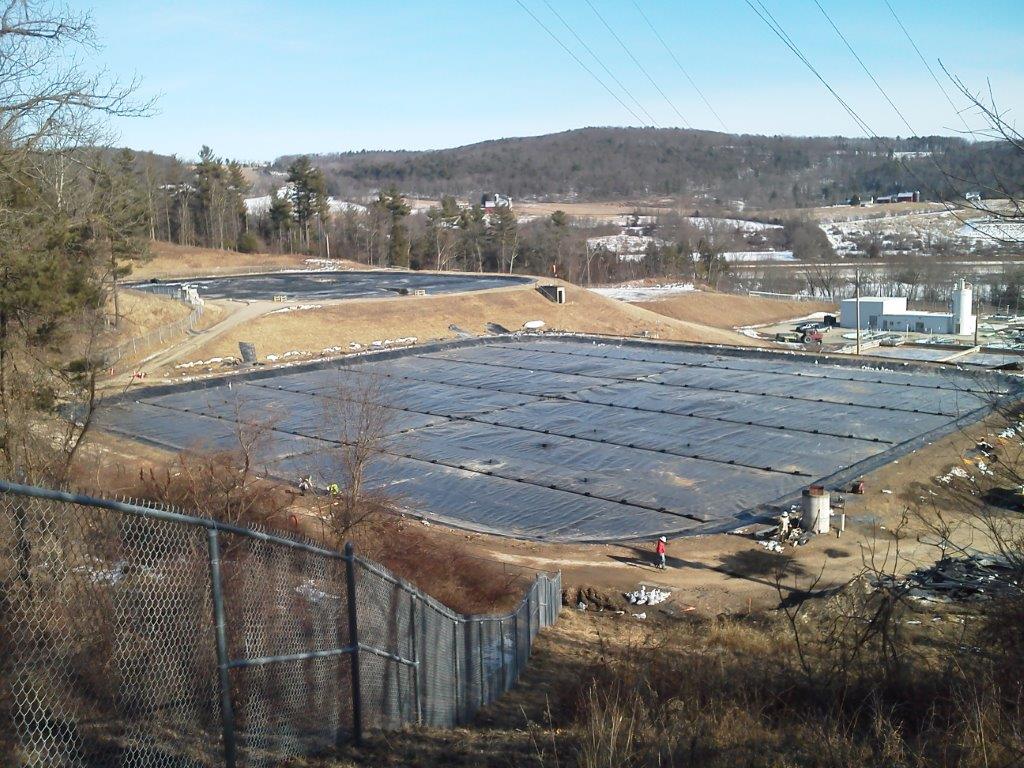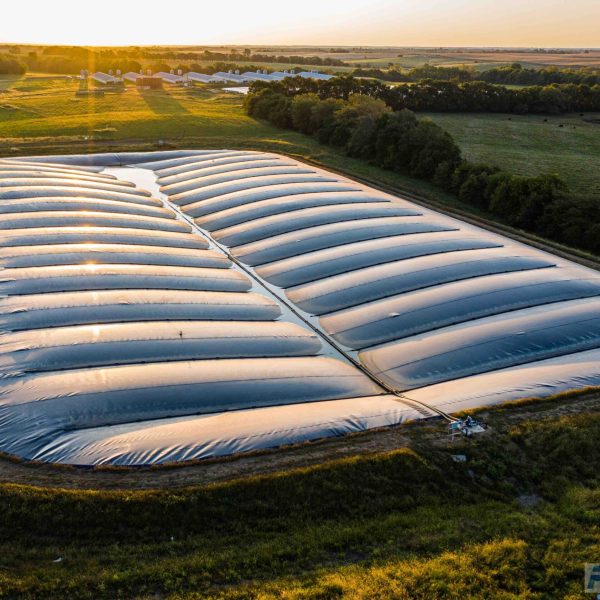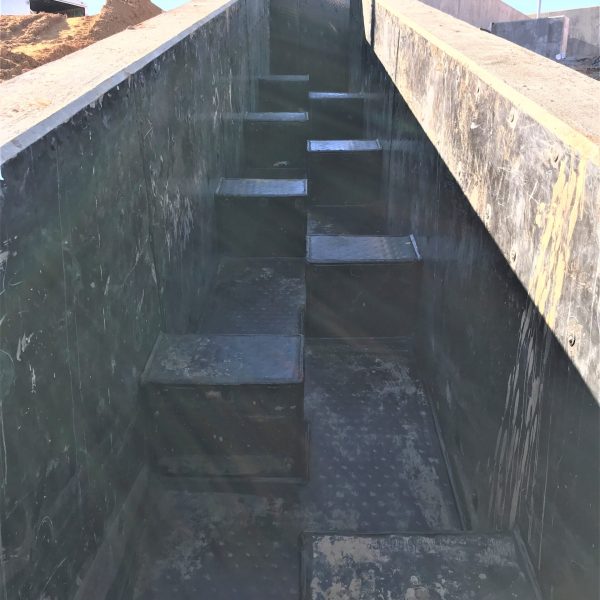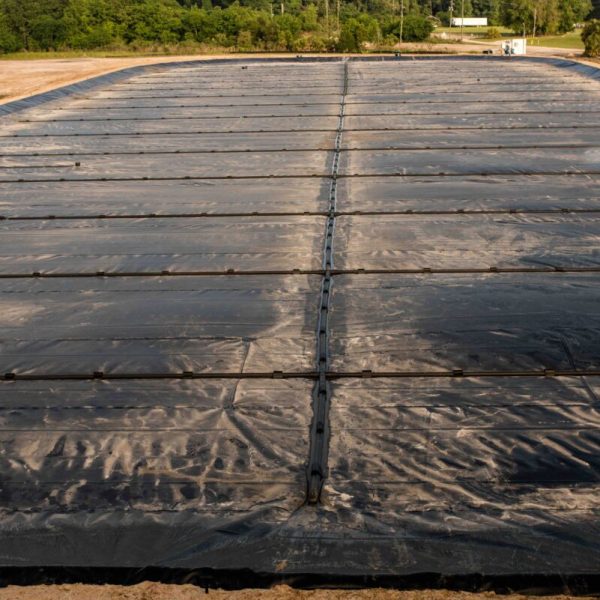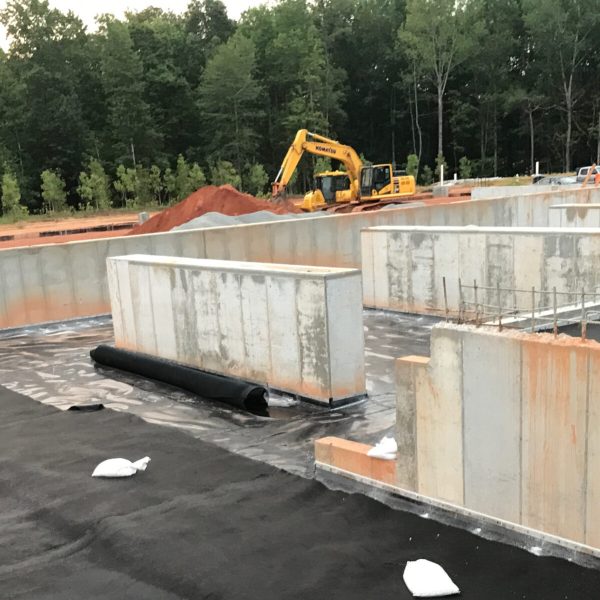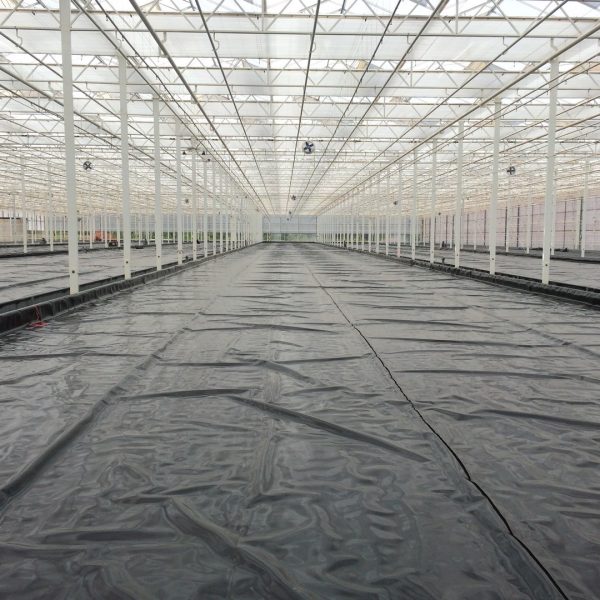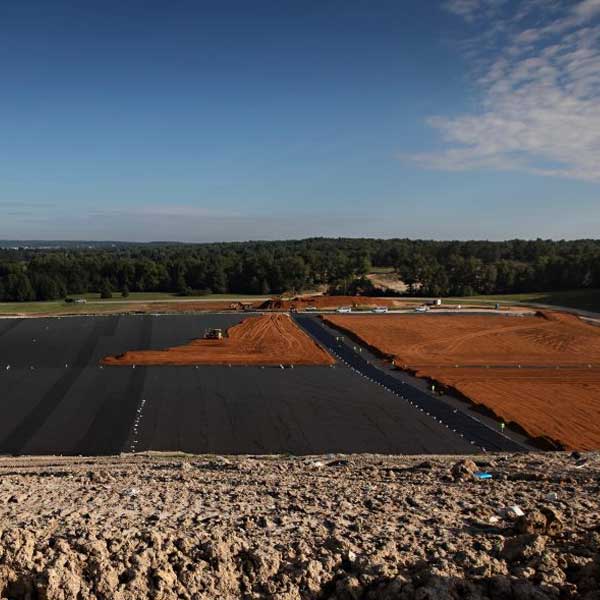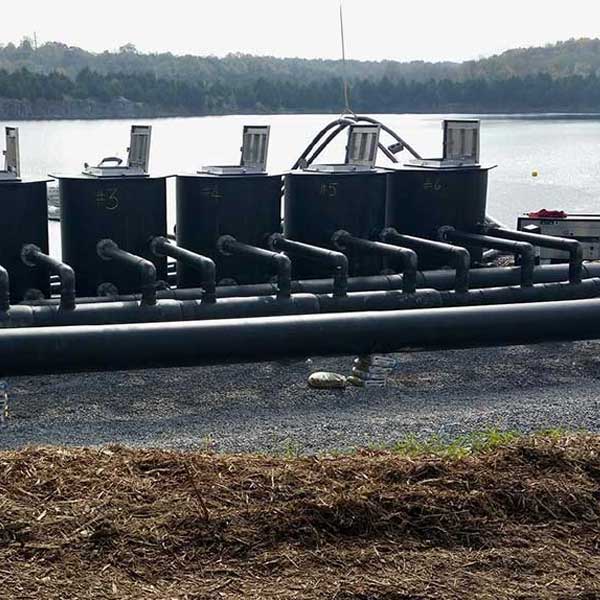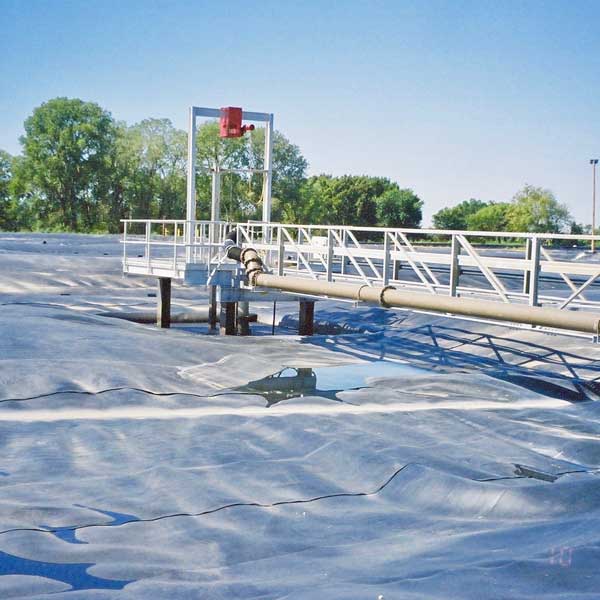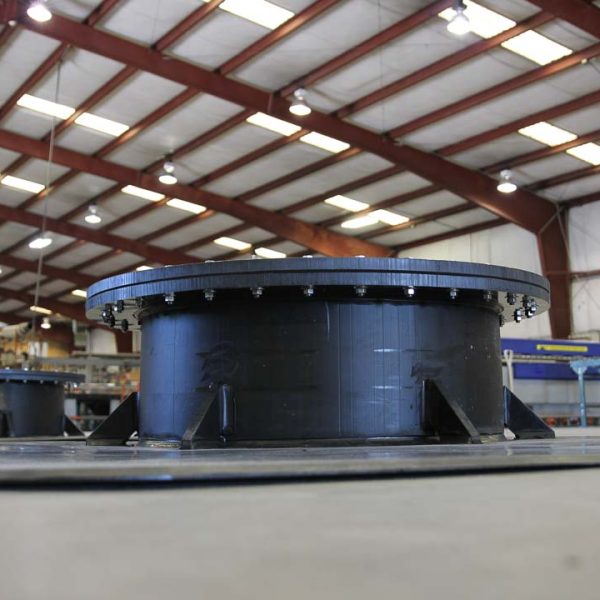Environmental Containment Installation
CONTACT NOW FOR FREE CONSULTATION

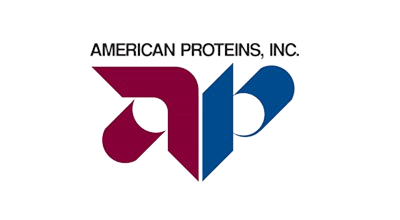





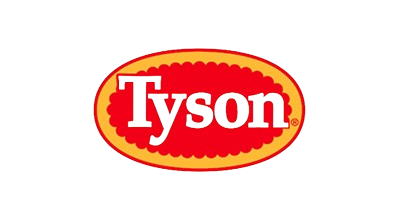
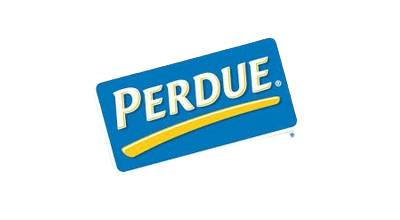









Anaerobic Digester Covers
We design and install HDPE cover systems for anaerobic digesters and are a pioneer in anaerobic digester lagoons for biogas collection and conversion to Renewable Natural Gas (RNG).
Piping Systems
Our custom fabricated piping systems meet even the toughest handling requirements. Materials offer long-term chemical resistance and environmental containment.
Liner Systems
Plastic Fusion has been installing geosynthetic containment systems for more than 40 years.
Concrete Protective Liners
Plastic Fusion is a leader in the installation of concrete protective liners in industrial tanks and storage facilities, wastewater treatment tanks, and chemical processing plants.
Environmental Containment
Environmental containment solutions are crucial for protecting ecosystems and public health by effectively managing and isolating hazardous substances to prevent contamination of soil, water, and air. These solutions utilize a variety of methods including barriers like geomembranes, concrete liners, and containment berms, as well as structural units such as tanks. Essential in industries like chemical manufacturing, mining, and agriculture, environmental containment ensures compliance with strict regulations, mitigates risks of spills or leaks, and supports sustainable practices by facilitating material recovery and waste management.
